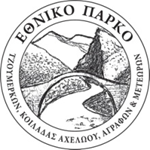Case Study
Increasing knowledge about butterfly sites and reinforcing habitat protection of rare species in Tzoumerka National Park
Contact name
Rika Bisa
Institution name
National Park of Tzoumerka Acheloos Valley Agrafa and Meteora
Region & country
Epiros, Greece
Summary
Butterflies are good indicators of ecological conditions and can be used to assess change and inform site managers for decision-making. All over Greece, butterfly diversity is very rich and many protected and endemic species are recorded in various habitats.
The efforts of the Tzoumerka National Park (NP) is to obtain a complete list of butterfly species, identify the best sites to apply long term monitoring and protect their habitats. In addition, the NP tries to attract butterfly-watchers and gain recognition as a butterfly destination. Finally, the NP implements various actions in order to sensitise local communities about the importance of wildlife habitat conservation.
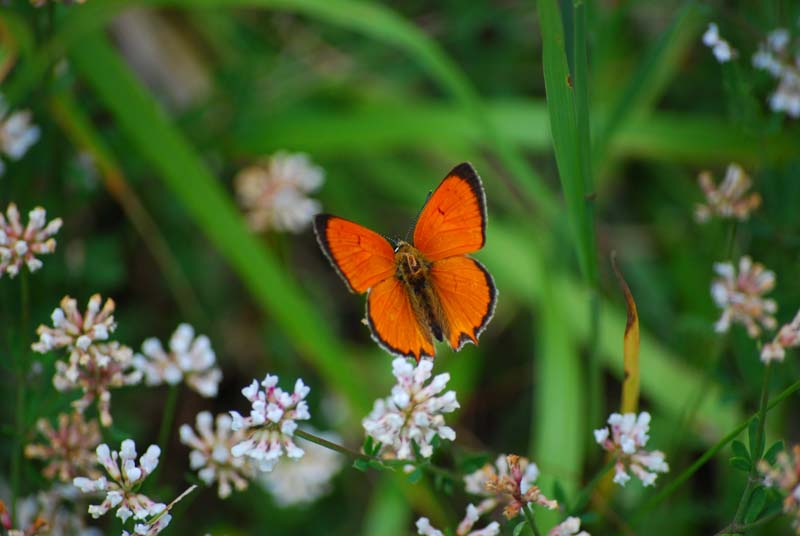
Lycaena ottomanus recorded at Mount Lakmos
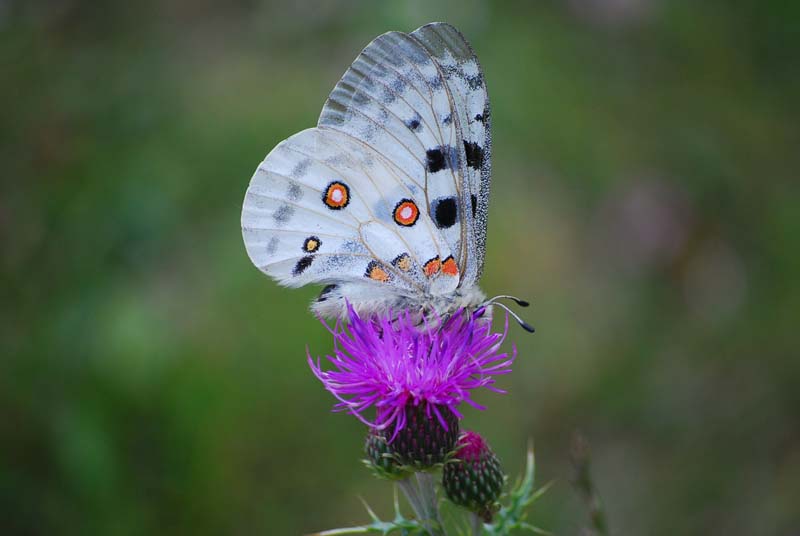
Parnassius apollo recorded at Mount Lakmos
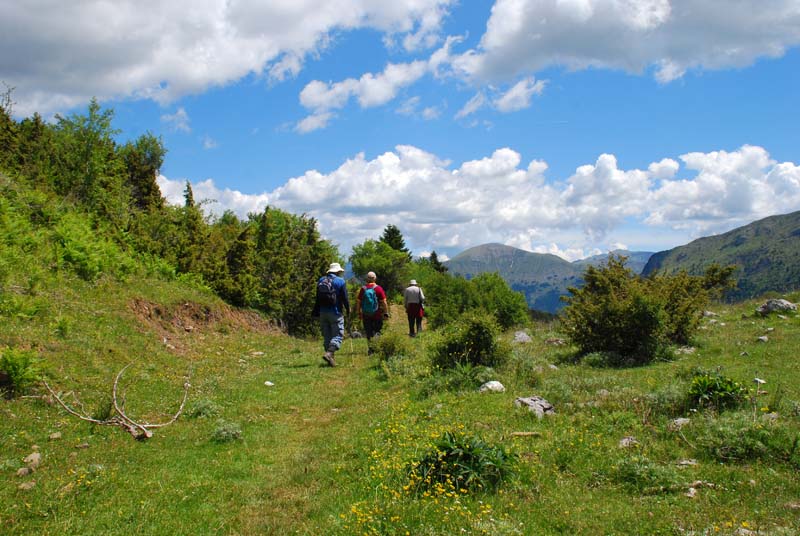
Members of our team visiting new sites near Kakarditsa, in 2016
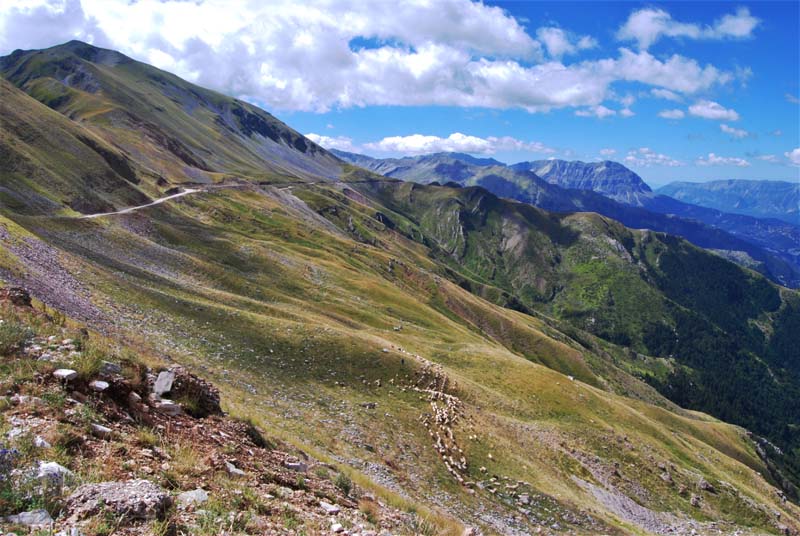
Alpine meadows are important habitats for butterfly species
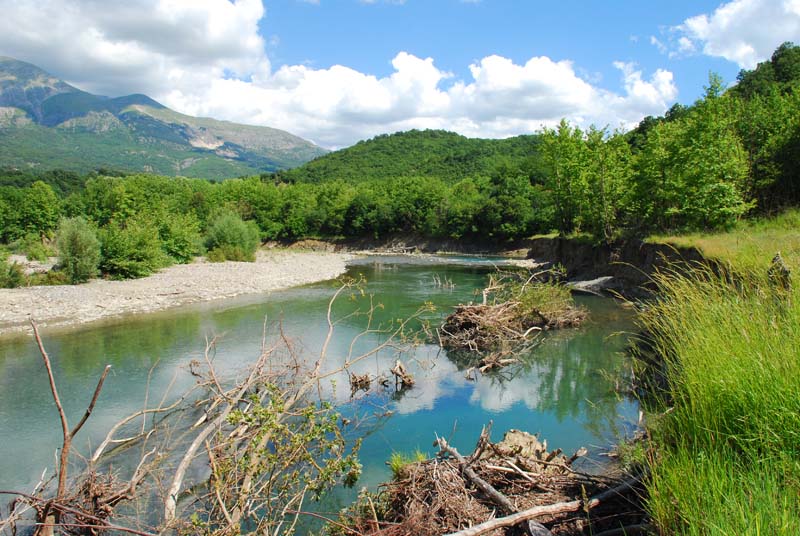
View of Lakmos (GR2130006) from the riverbanks of Arachthos River
Background of the project
The Tzoumerka NP is characterised by breathtaking landscapes, rich biodiversity and unique cultural monuments, which lends to the area its uniqueness. As far as species diversity is concerned, there were some gaps of knowledge about invertebrate species presence, distribution etc., which requires new research effort. It is an undeniable fact that, the rich wildlife of the area in combination with its cultural features are the basic elements for the development of ecotourism, which appeared in the area only the last decades.
- Obtain a complete species-list for butterflies in Tzoumerka NP.
- Identify important areas for the protection of rare/protected species as well as areas with high butterfly diversity.
- Protect important butterfly habitats from anthropogenic threats.
- Contribute to the conservation objectives of the Habitats Directive (Council Directive 92/43/EEC on the Conservation of natural habitats and of wild fauna and flora).
- Attract butterfly-watchers in the NP.
- Raise awareness about butterfly habitats protection in local communities.
Solution and actions taken
To reach some of our goals we collaborated with a group of expert with long experience on butterfly’s monitoring who voluntarily came in the NP. More specifically, the scientific staff of the NP conducted surveys with the help of a butterfly Greek expert and members of Butterfly Conservation – European Interest Group. Surveys were repeated for several years and new sites were included in the study depending mostly on their natural characteristics. Finally, a special survey was conducted to monitor Parnassius apollo and Parnassius mnemosyne when their habitats were identified.
As this is a newly established NP, we organised several meetings to inform local communities about our work. We spoke with shepherds to collect information about customs & practices related to the use of meadows, as well as with experts in the tourist sector to collect information about visitors. In addition,we organised educational activities to inform schoolchildren about biodiversity. We established a fruitful collaboration with the Environmental Education Centre, to enhance schoolchildren’s knowledge.
Other institutions or parties involved
Especially for the butterfly surveys, we are grateful to Simon Spencer former President of Butterfly Conservation’s European Interest Group for the inspiring collaboration and for encouraging other EIG’s members to assist the NP staff conducting surveys during 2014 to 2016. Last but not least, the participation in the team of Lazaros Pamperis who is a butterfly expert, contributed in the acquisition of valuable knowledge on butterflies and their habitats.
Results
We already have recorded the winded beauties of the NP, as well as important butterfly sites to apply monitoring projects. Likewise, we identified few trails to enrich ecotourism trips and we began collaboration with local ecotourism agencies to improve services.
Moreover, as it is the Management Authority’s responsibility to provide its views to the authorities regarding impact assessment studies from anthropogenic activities in the N2 sites, the data collected helped to prevent habitat deterioration.
Challenges
As the NP faces various technical and managerial issues such as lack of equipment and number of staff, we still need time to organise an effective network among local stakeholders and visitors for the protection of butterflies’ habitats.
Lessons learned
Once more we ascertained the importance of sharing information with all the entities and involve experts and local stakeholders in order to implement conservation measures to protect species and habitats.
Contact name
Rika Bisa
Institution name
National Park of Tzoumerka Acheloos Valley Agrafa and Meteora
Website(s)
